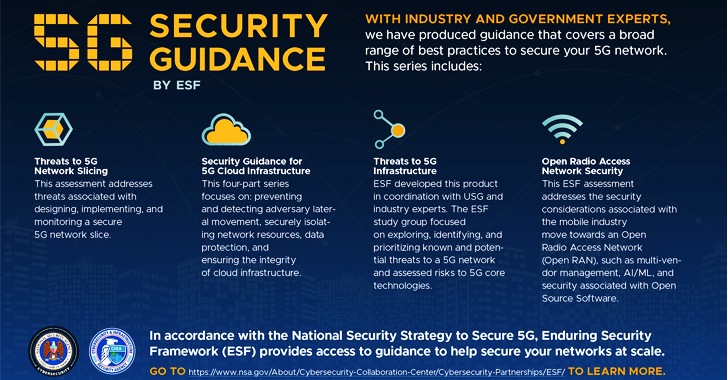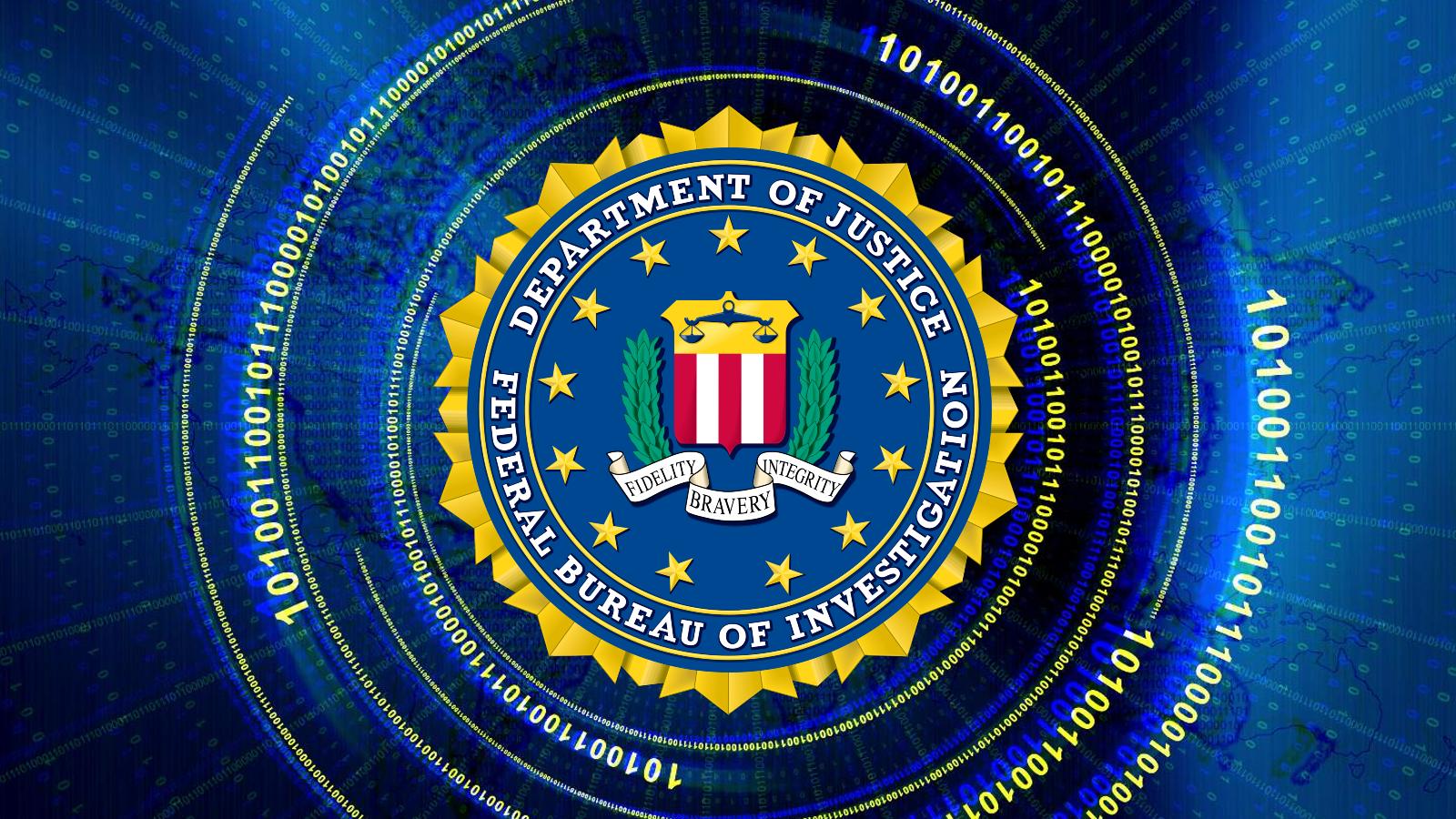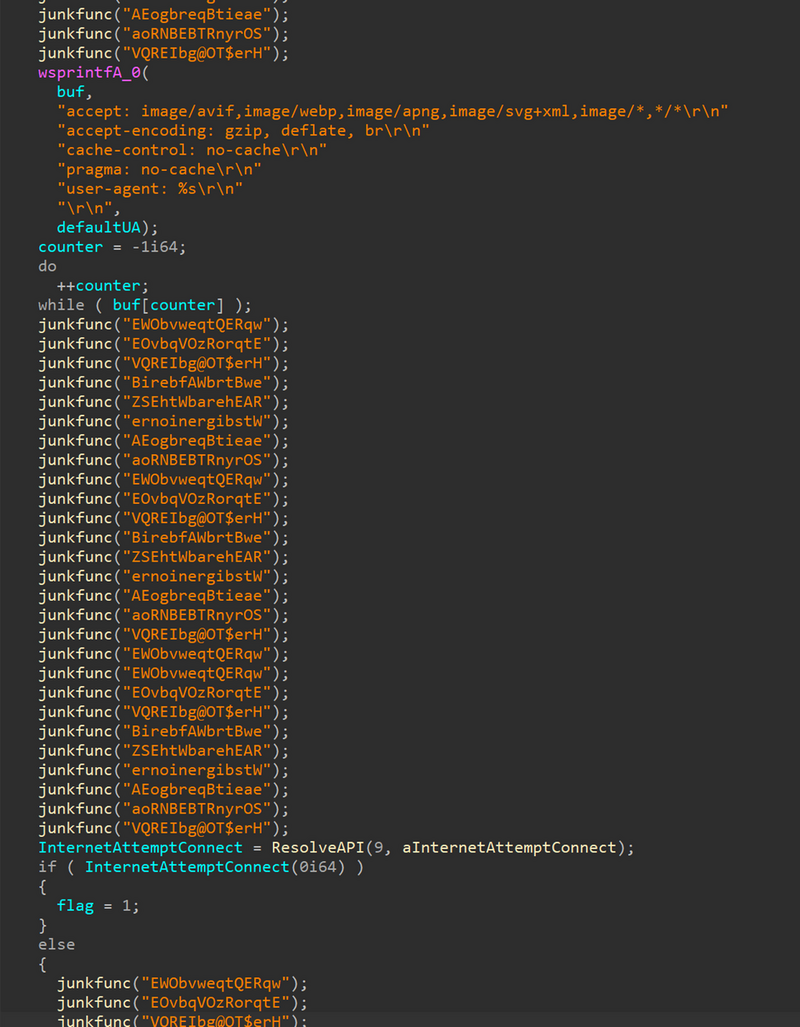DeliveryCheck is distributed via email with malicious macros and can breach Microsoft Exchange servers to install a server-side component, turning a legitimate server into a malware C2 server.
U.S. cybersecurity and intelligence agencies have released a set of recommendations to address security concerns with 5G standalone network slicing and harden them against possible threats.
Customers of the Russian medical laboratory Helix have been unable to receive their test results for several days due to a “serious” cyberattack that crippled the company’s systems over the weekend.
The ALPHV group claims Estée Lauder has not responded and listed the company on its leak site Tuesday, according to activity observed by Emsisoft Threat Analyst Brett Callow.
Microsoft said in a blog post on Wednesday that it will include “access to wider cloud security logs for our worldwide customers at no additional cost” starting in September and that it would increase default log retention from 90 to 180 days.
FBI warns of a surge in tech support scams targeting the elderly across the United States and urging victims to dispatch cash concealed within magazines or similar items through shipping firms.
Lawmakers are demanding the Department of Health and Human Services (HHS) to prevent law enforcement from accessing reproductive and other health records without a warrant.
The targeted attack group DangerousPassword has been continuously attacking cryptocurrency exchange developers since June 2019, using malware that infects Windows, macOS, and Linux environments with Python and Node.js installed.
A new campaign called FakeSG, similar to SocGholish, is using hacked WordPress websites to distribute the NetSupport RAT and deliver additional payloads. FakeSG utilizes different layers of obfuscation and delivery techniques.
The cyberattack on TOMRA highlights the ongoing threat to companies involved in critical infrastructure, with potential significant financial and social damage if operations are disrupted.









